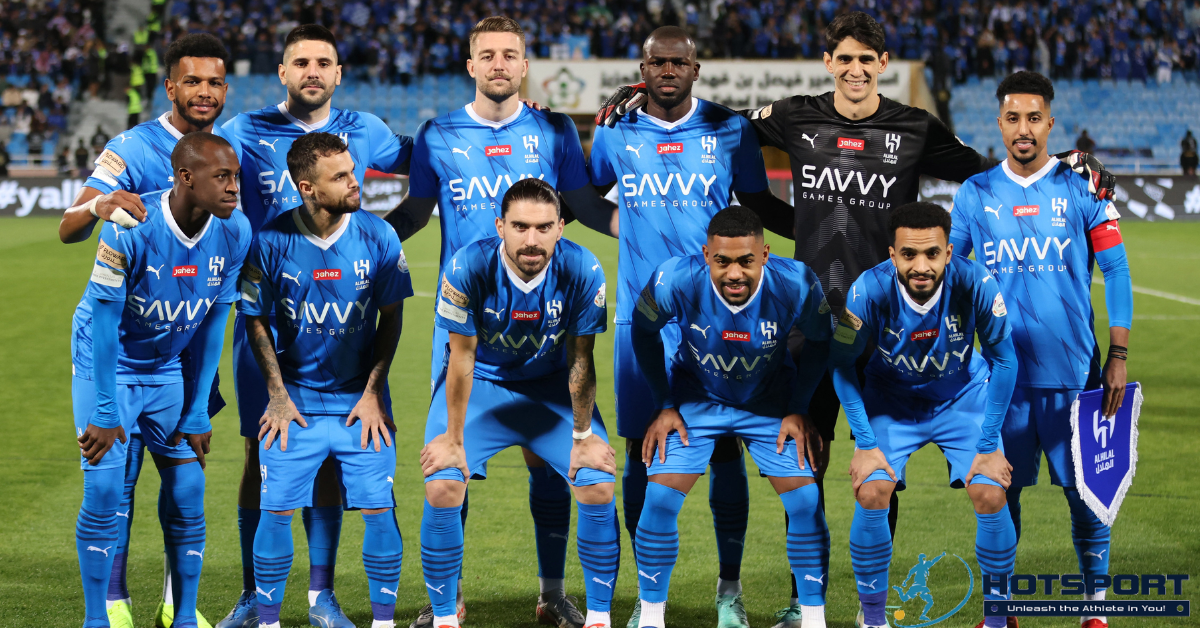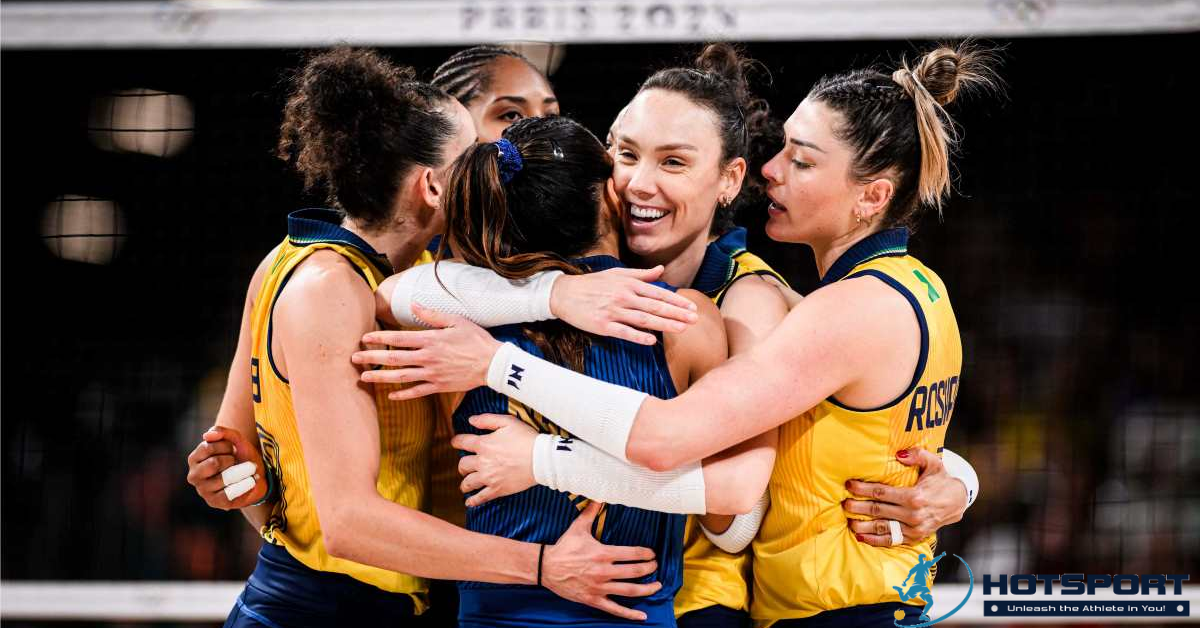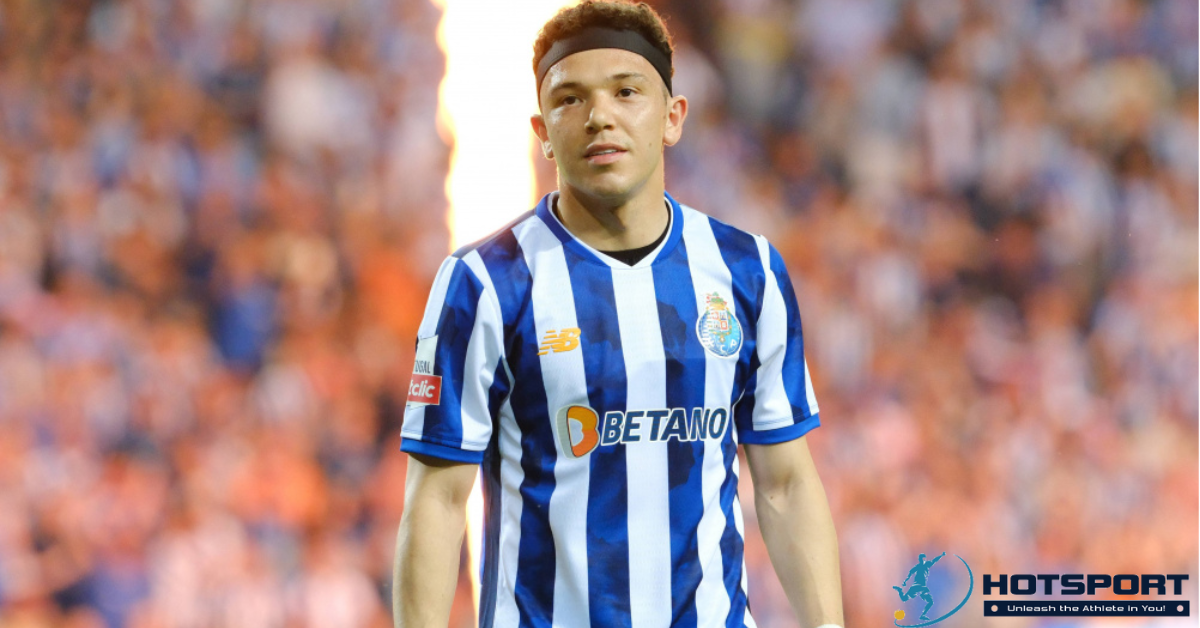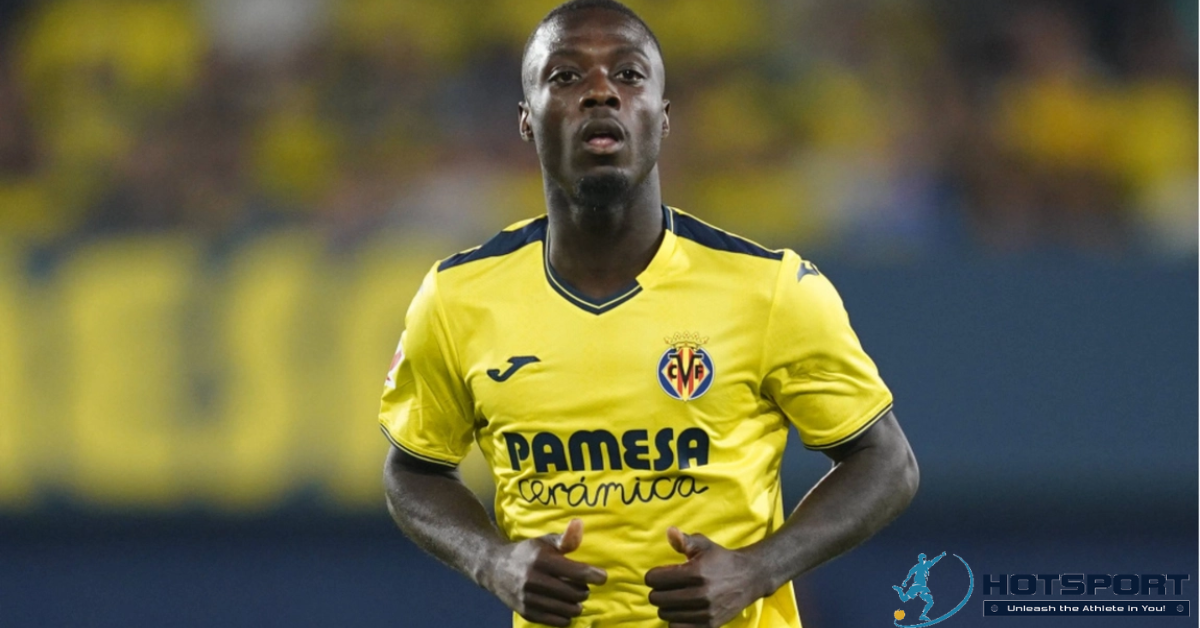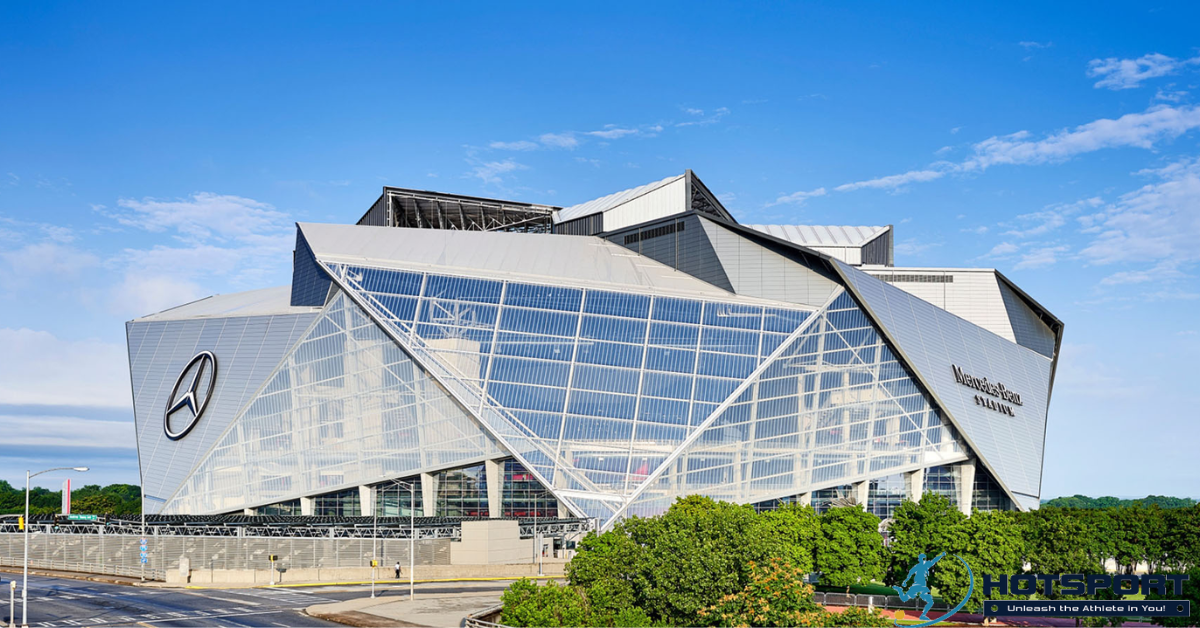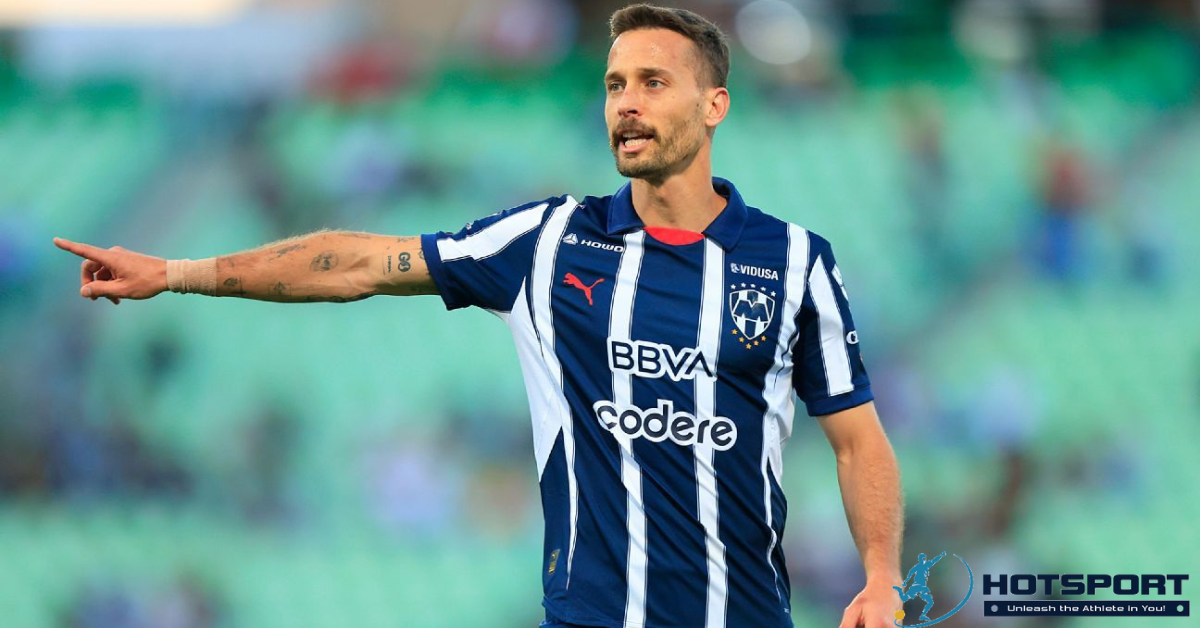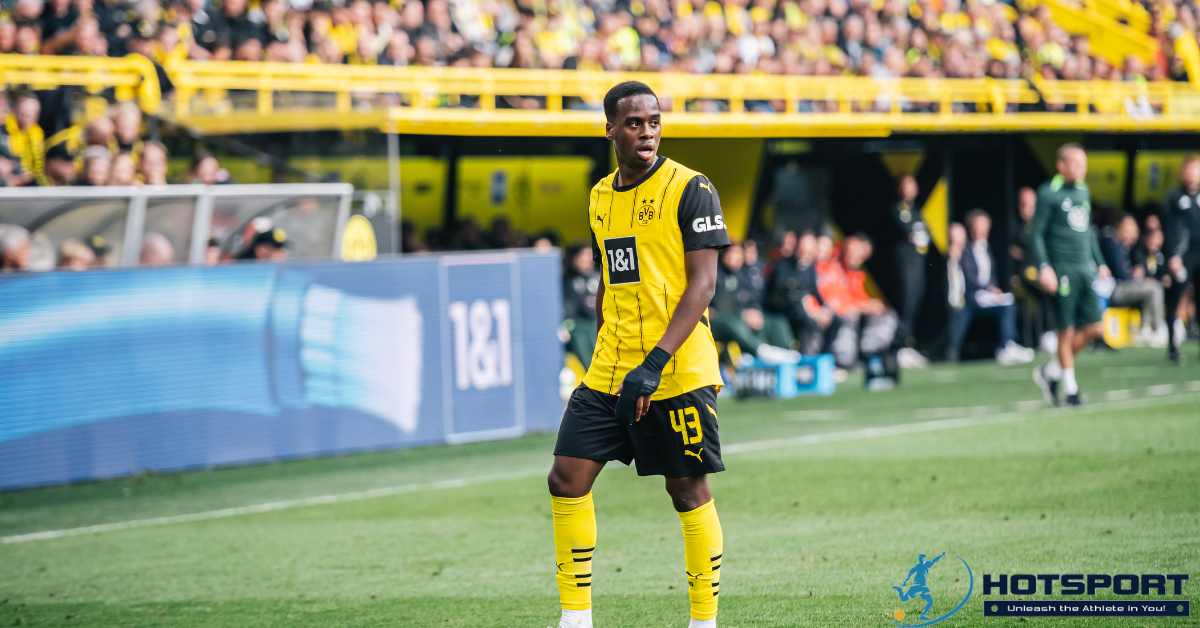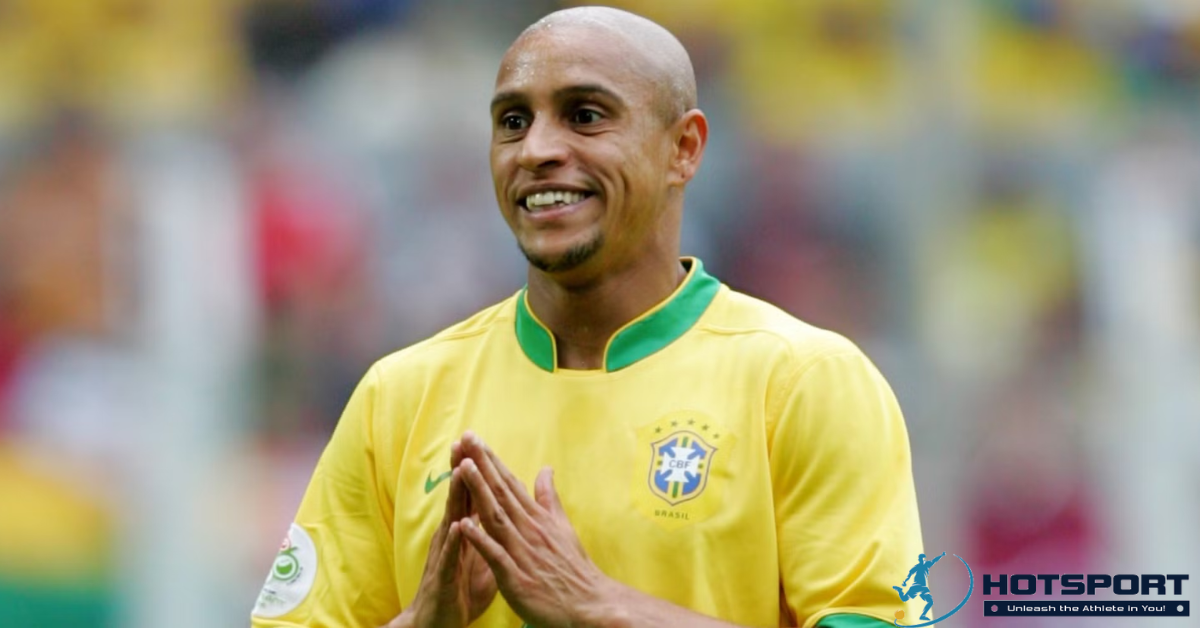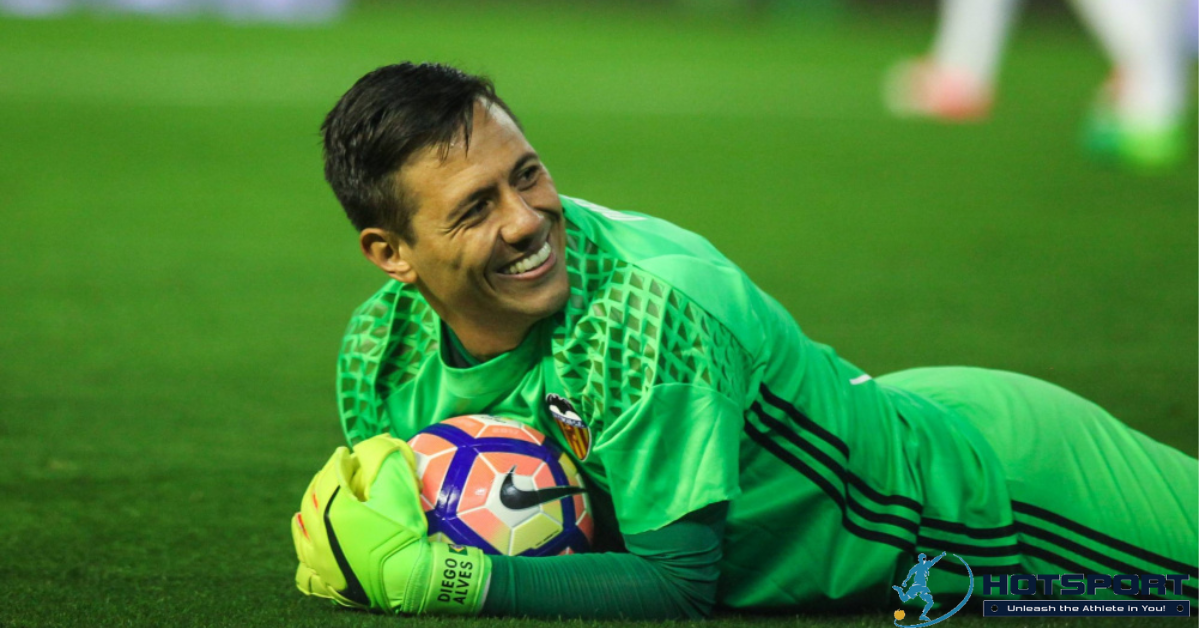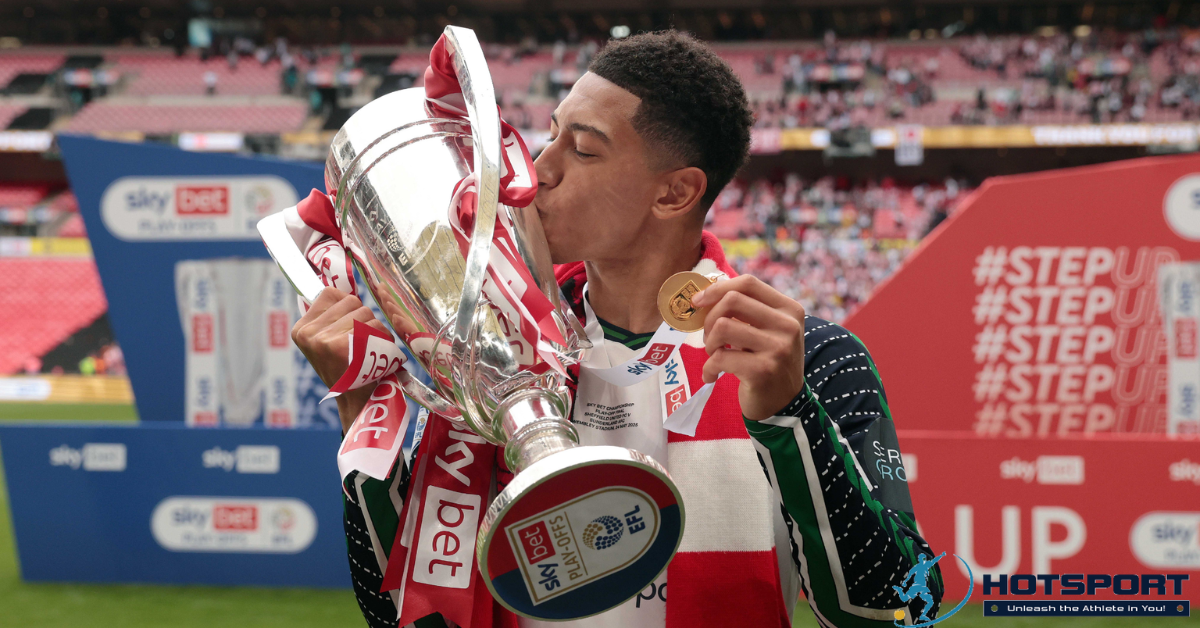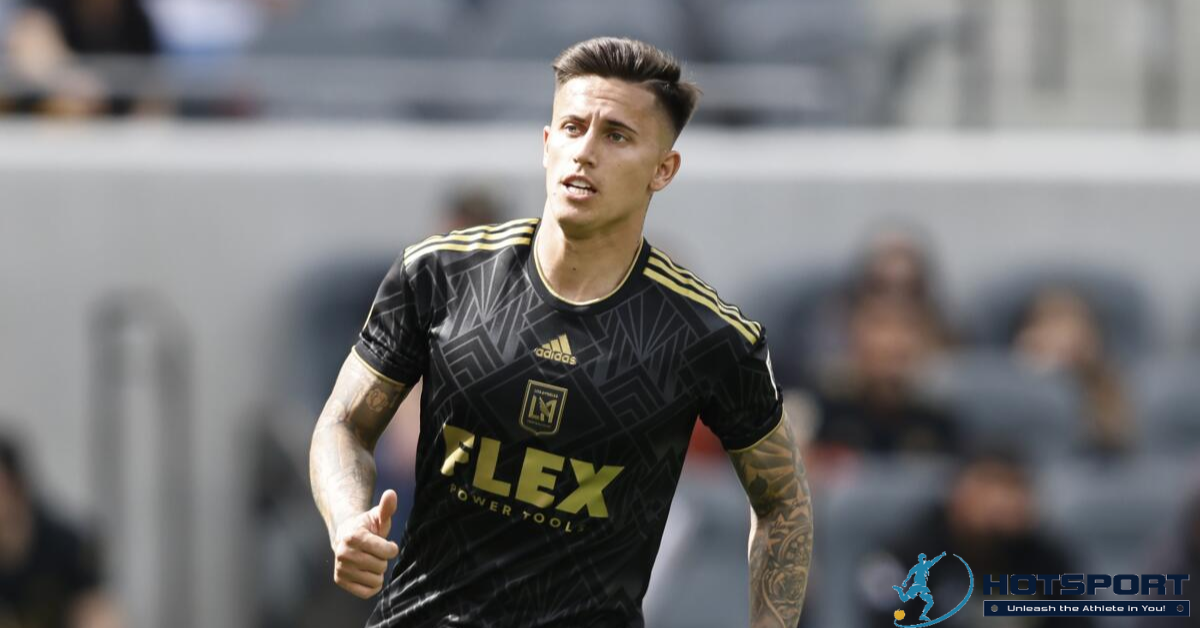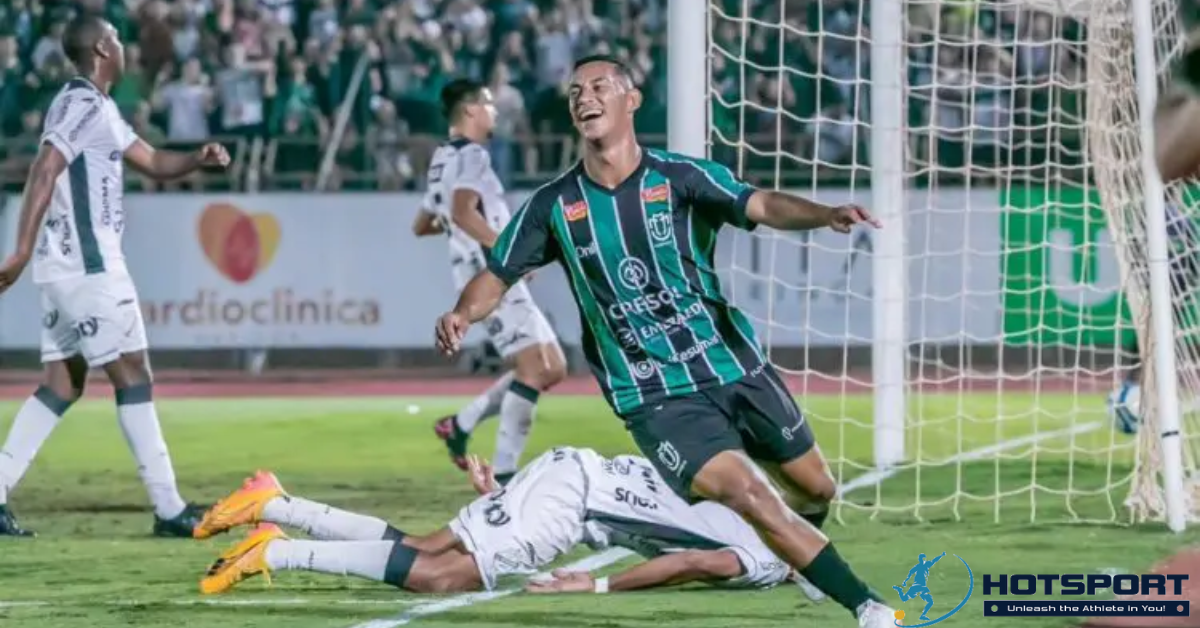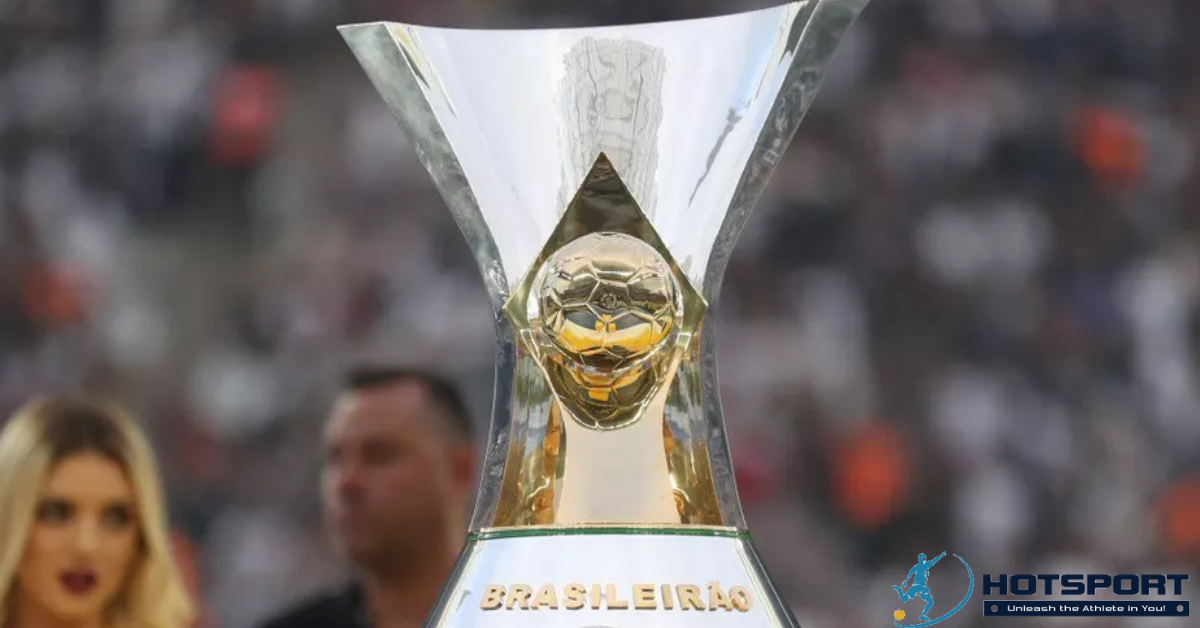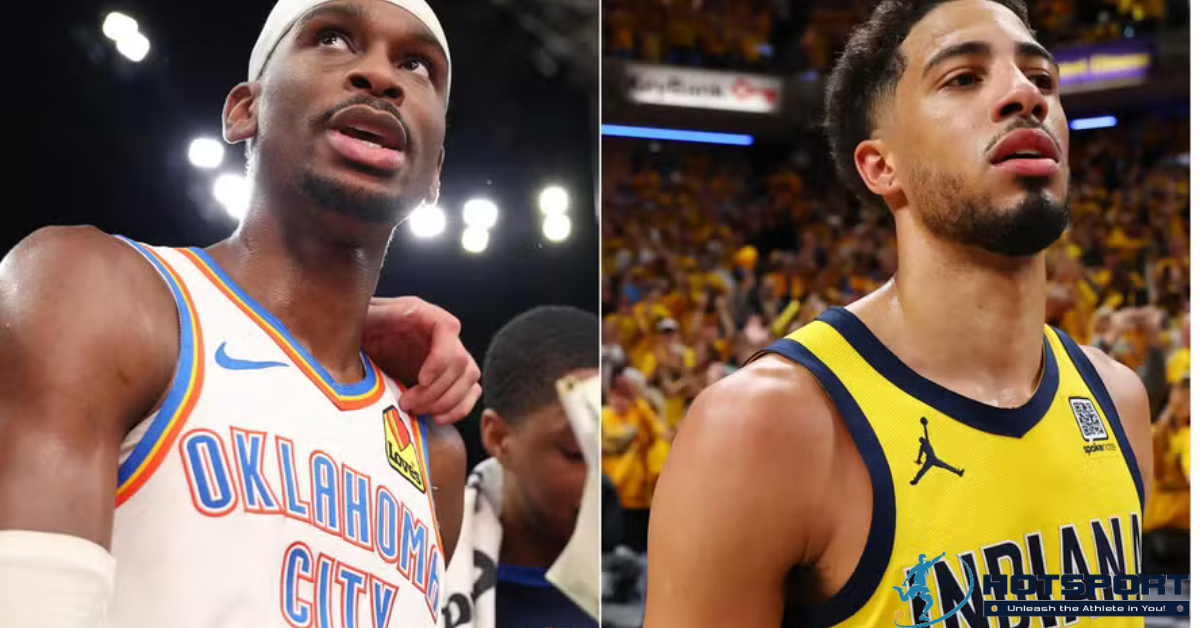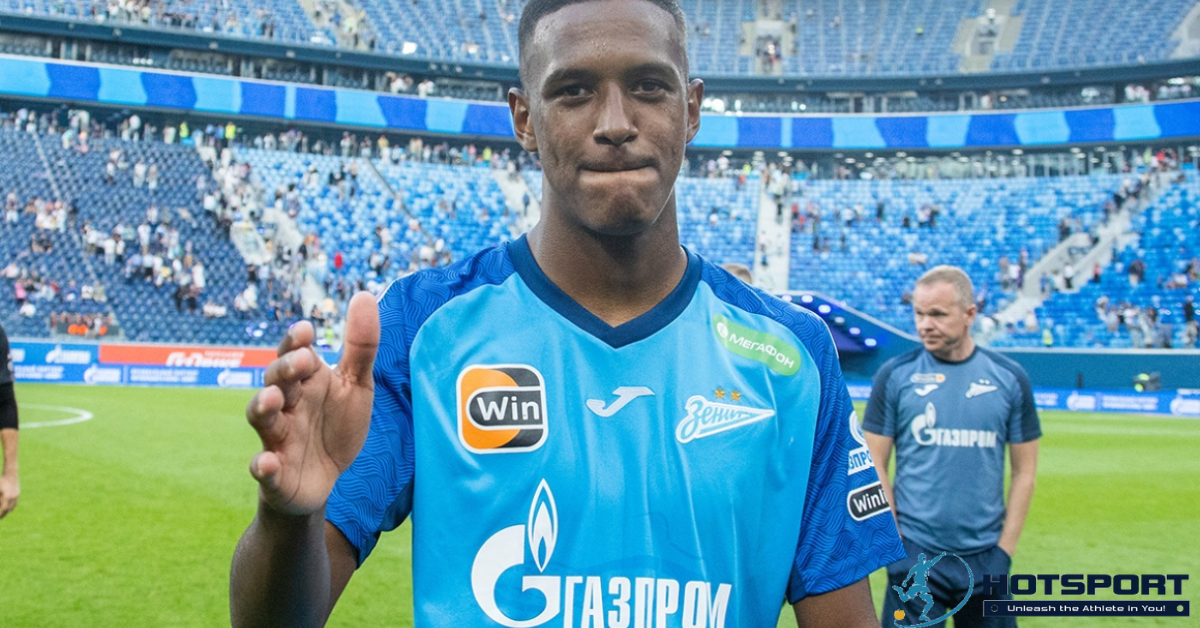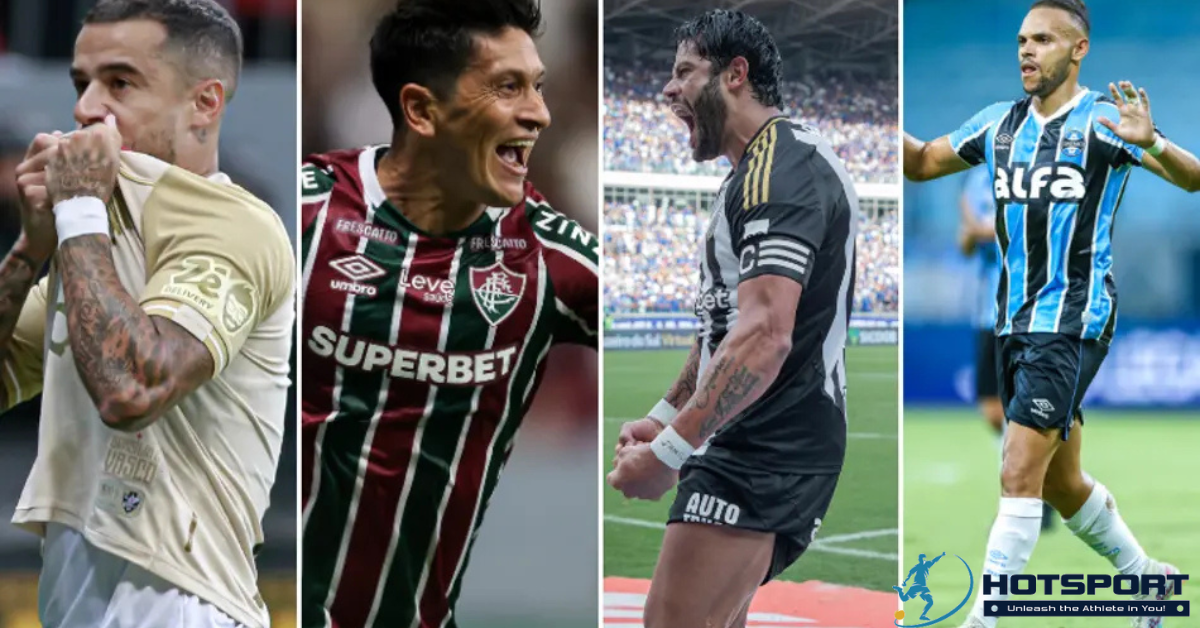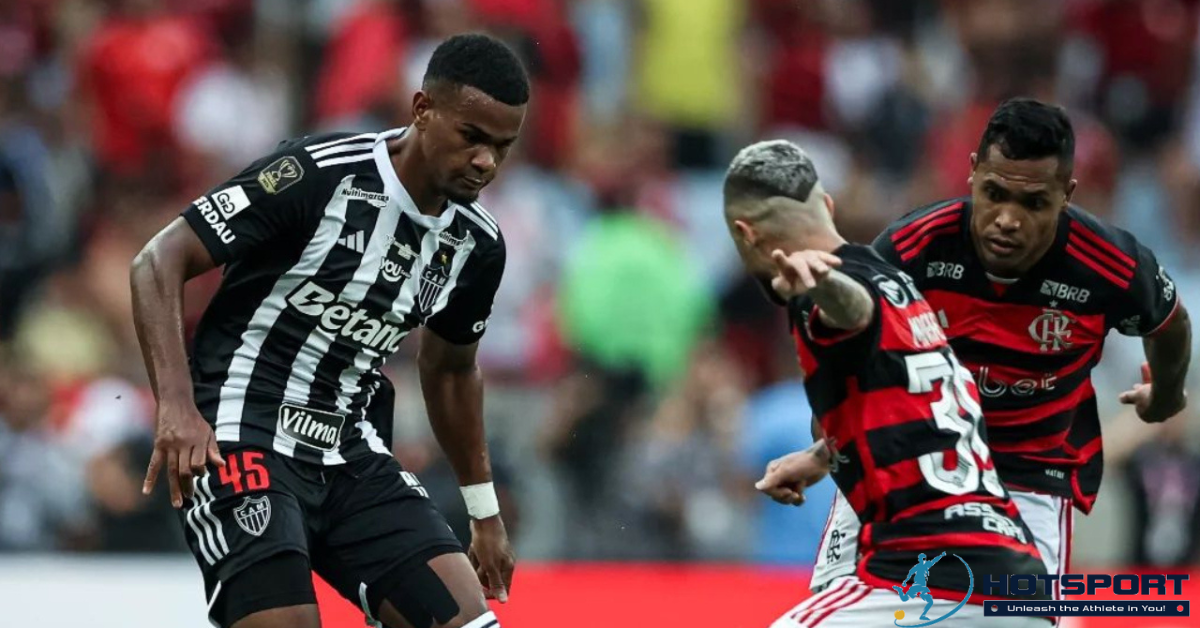Paulo Dybala: The Argentine Football Maestro
Paulo Dybala, nicknamed “La Joya” (The Jewel), is one of the most talented and charismatic players in world football. Born on November 15, 1993, in Laguna Larga, Argentina, Dybala has captured the hearts of fans with his skill, vision, and ability to decide matches. This article traces Dybala’s journey from his early days in Argentine football to his rise as one of Serie A’s greatest forwards, highlighting his achievements, challenges, and impact on the sport.
Early Beginnings: Roots in Laguna Larga
Origins and Family Influence
Paulo Bruno Exequiel Dybala was born in a small town in Córdoba, Argentina. His multicultural background—his grandfather, Bolesław Dybała, was Polish, fleeing to Argentina during World War II, while his maternal great-grandmother had Italian roots from Naples—shaped his versatile and charismatic persona on and off the pitch.
From a young age, Dybala showed a passion for football. His father, Adolfo, played a pivotal role in nurturing his dream of becoming a professional footballer. Despite the family’s financial struggles, young Paulo found in football a way to express his talent and determination.
First Steps at Instituto de Córdoba
At 17, in 2011, Dybala made his professional debut for Instituto Atlético Central Córdoba, a club from his hometown, in Argentina’s Second Division. His debut was unplanned, stepping in due to a teammate’s suspension, but he seized the opportunity, scoring his first professional goal against Aldosivi in the following match.
In the 2011-12 season, Dybala shone, scoring 17 goals in 40 matches, breaking Mario Kempes’ record by scoring in six consecutive games. Although Instituto failed to gain promotion to the First Division, Dybala’s individual performances caught the eye of international clubs, marking him as a rising star in Argentine football.
Italian Adventure: Palermo and First European Challenge
Transfer to Palermo
In July 2012, Dybala joined Palermo in Italy for €12 million, a significant sum for a young player. Announced by club president Maurizio Zamparini, the transfer sparked both excitement and skepticism. Dybala arrived in Sicily tasked with following in the footsteps of successful South Americans like Edinson Cavani and Javier Pastore.
His Serie A debut against Lazio was unremarkable, and the 2012-13 season was tough. Dybala rarely played full matches, and Palermo was relegated to Serie B. Despite the team’s struggles, he showed flashes of brilliance, scoring his first two goals in Italy against Sampdoria in November 2012.
Resurgence in Serie B
In the 2013-14 Serie B season, Dybala endured a long goal drought but regained his form in the final months, finishing with five goals and helping Palermo win the title and return to Serie A. This season was a turning point, showcasing his resilience and ability to overcome adversity.
In 2014-15, Dybala became a regular starter, forming a lethal attacking partnership with Argentine-Italian Franco Vázquez. Scoring 10 goals in the first half of the Serie A season, he attracted interest from top European clubs, signaling his readiness for a bigger stage.
Peak at Juventus: Rise to Stardom
Arrival at the Old Lady
In June 2015, Juventus signed Dybala for €32 million, with up to €8 million in bonuses. He inherited the No. 21 shirt, previously worn by Andrea Pirlo, and quickly became a key player. His official debut came in the 2015 Italian Super Cup, where he scored in a 2-0 win over Lazio.
In the 2015-16 season, Dybala impressed with six goals and two assists in his first 16 matches, outperforming the debut seasons of legends like Carlos Tevez and Alessandro Del Piero at Juventus. He ended the season with 19 Serie A goals, helping Juventus secure the Italian title.
The No. 10 Shirt and Icon Status
In 2017, Dybala was given Juventus’ iconic No. 10 shirt, previously worn by legends like Omar Sivori, Michel Platini, and Roberto Baggio. He lived up to the responsibility, scoring a hat-trick against Genoa and two goals in the 2017 Italian Super Cup, despite a loss to Lazio. His contract extension until 2022, with a €7 million annual salary, made him one of the club’s highest-paid players, alongside Gonzalo Higuaín.
In the 2019-20 season, Dybala was named Serie A’s MVP, delivering clutch performances and scoring 11 goals. He earned a spot in the Serie A Team of the Year four times, cementing his status as one of Juventus’ greatest forwards. Over seven years at Juventus, Dybala played 293 matches, scored 115 goals, and provided 45 assists, winning five Serie A titles, four Italian Cups, and three Italian Super Cups.
Challenges and Departure
Despite his success, Dybala faced challenges at Juventus, notably spending time on the bench in 2018-19. He turned down a move to Manchester United, showing loyalty to the club, but in 2022, with his contract expiring, he chose not to renew, ending his time in Turin. His departure was met with gratitude from fans, who recognized him as the club’s ninth all-time top scorer.
New Home: AS Roma and Reinvention
Signing with Roma
In July 2022, Dybala joined Roma on a three-year deal, reuniting with manager José Mourinho. Conversations with Mourinho and Roma legend Francesco Totti convinced Dybala to take a central role in the club’s project. He debuted in August 2022, helping Roma to a 1-0 win over Salernitana. He scored his first goals for the club against Monza in a 3-0 victory and shone with a stunning goal against Internazionale.
In the 2023-24 season, Dybala had his best performance for Roma, scoring 16 goals and providing nine assists in 39 matches. He was the team’s second-top scorer, behind Romelu Lukaku, and helped Roma achieve strong results in Serie A and the Europa League. In December 2024, with two goals against Parma, Dybala surpassed Gonzalo Higuaín to become the third-highest-scoring Argentine in Serie A history with 127 goals, trailing only Hernán Crespo and Gabriel Batistuta.
Injuries and Speculation
Despite his success, Dybala has been plagued by injuries, missing 11 matches since 2023 due to muscular issues. His 2024-25 season was less prolific, with two goals and one assist in 18 games, fueling speculation about his future. Clubs like São Paulo in Brazil and Barcelona in Spain have shown interest, but Roma’s director, Florent Ghisolfi, confirmed Dybala remains part of the club’s plans until his contract ends in June 2025.
Argentine National Team: A World Champion
Debut and Early Years
Dybala debuted for Argentina in 2015 at age 21 but struggled to secure a regular spot due to competition from stars like Lionel Messi and Ángel Di María. He participated in the 2018 World Cup and 2019 Copa América but had limited impact.
Glory in the 2022 World Cup
Dybala’s defining moment with Argentina came at the 2022 World Cup in Qatar. Though not a starter, he made crucial substitute appearances, including in the final against France, where he converted his penalty in the shootout that secured the title. His contribution, though subtle, was celebrated as part of the team’s collective triumph. Dybala also won the 2022 Finalissima against Italy, solidifying his status as a world champion.
Playing Style: The Magic of La Joya
Technical Skills
Dybala is renowned for his versatility, playing as a second striker, attacking midfielder, or winger. His lethal left foot delivers precise shots and dazzling dribbles. Combining speed, vision, and tactical intelligence, he creates chances for himself and teammates. His ability to score spectacular goals, like his strike against Internazionale in 2022, is a hallmark of his game.
Leadership and Charisma
Off the pitch, Dybala is admired for his humility and charisma. Nicknamed “La Joya” for his sparkling talent, he has won over fans with his dedication and approachable personality. His connection with Roma’s supporters was strengthened by gestures like displaying a shin guard with an image of Argentina’s World Cup triumph, playfully taunting teammate Matteo Guendouzi.
Cultural Impact and Legacy
Influence in Brazil and South America
Dybala has expressed admiration for Brazilian football, revealing in an interview that he owns a Rogério Ceni jersey and considers clubs like São Paulo, Santos, and Grêmio among Brazil’s greatest. In 2024, rumors of a potential move to São Paulo sparked excitement, but the club’s director, Rui Costa, denied negotiations due to financial constraints. Dybala’s mention of Brazil reflects his connection to South American football culture.
Legacy in Italian Football
With 182 goals in 519 career matches, Dybala is one of the greatest Argentine players in Serie A history. His 127 Serie A goals place him alongside legends like Batistuta and Crespo. He has won 14 titles, including a World Cup, five Serie A titles, and four Italian Cups, and was named Serie A MVP in 2019-20.
Future and Expectations
At 31, Dybala faces a crossroads. With his Roma contract expiring in June 2025, he can sign a pre-contract with other clubs from January. Interest from teams like Al-Qadsiah in Saudi Arabia and Barcelona shows he remains in demand. His recent performance against Parma, with two goals and an assist, proves he still has much to offer.
Conclusion
Paulo Dybala is more than a footballer; he is a symbol of talent, perseverance, and passion. From Laguna Larga to World Cup glory, his journey inspires young athletes. Whether dribbling past defenders, scoring stunning goals, or lifting trophies, Dybala continues to captivate the football world with his magic. While his future remains uncertain, one thing is clear: “La Joya” will keep shining, wherever he plays.


